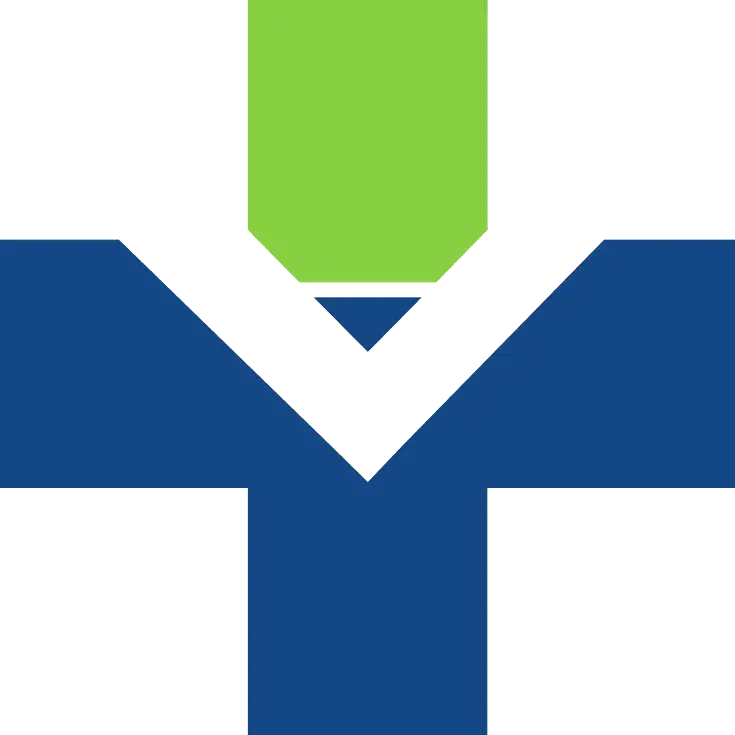CNC milling machines: automation for precision
A CNC milling machine is a computer-controlled machine tool that performs milling operations on materials such as metal, wood or plastic. Unlike manual milling machines, which require constant human intervention, CNC milling machines automate the process, reducing the risk of error and increasing productivity.
The components of a CNC milling machine
Frame and base
The chassis is the main structure supporting all other components of the CNC milling machine. It is generally made of cast iron or steel to ensure rigidity and minimize vibration during machining.
The machine base is the foundation on which the frame rests. It must be solid and stable to absorb vibrations and guarantee machining precision
The spindle
This is the rotating element that holds the cutting tool. It is motorized and can rotate at very high speeds (on average 20,000 rpm), enabling the tool to cut, drill or sculpt the material. Spindle speed and power are crucial to machining efficiency.
Motion axes
3-axis milling machines
3-axis CNC milling machines are equipped with three axes of linear motion, enabling movement in three-dimensional space:
- X axis: Represents horizontal movement from left to right (or vice versa) in relation to the operator.
- Y axis: Represents movement from front to back (or vice versa) in relation to the operator.
- Z axis: Represents vertical movement from top to bottom (or vice versa).
These three axes allow the spindle (which carries the cutting tool) or the worktable (on which the part is fixed) to move in 3D space. The combination of these movements enables the creation of complex three-dimensional shapes.
3-axis milling machines are ideal for machining parts that do not require access to complex angles or overhanging surfaces. They are widely used for the manufacture of relatively simple parts, or for surfacing, drilling and contouring operations.
4- and 5-axis milling machines
These add rotational axes to the three linear axes, offering greater flexibility:
- A axis (4th axis): Represents rotation around the X axis. This axis allows the part or tool to rotate, giving access to different sides of the part without manual repositioning. It can be used to produce parts similar to those produced on a lathe.
- B axis (5th axis): Represents rotation around the Y axis. This fifth axis offers even more possibilities for reaching complex angles and hard-to-reach surfaces.
4- and 5-axis milling machines are particularly useful in the aerospace, automotive and medical industries, where precision and part complexity are paramount. This is one of the technologies used by Italian manufacturer Buffoli. However, they generally require more advanced programming skills and a higher initial investment than 3-axis milling machines.
The worktable
This is the surface on which the workpiece is fixed. It can be equipped with T-slots to facilitate the mounting of workpieces and clamping devices. For non-professional machines, it is covered in wood as a martyr surface to prevent damage to the frame in the event of a programming error.
The control system
This is the user interface that controls the machine. It generally comprises a screen, keyboard and buttons for entering commands, loading programs and monitoring machine operation.
The digital control system
The controller is the brain of the machine. It interprets G-code, a programming language for robotics, and controls the motors to move the axes and spindle according to programmed instructions.
So-called “stand-alone” machines are often contrasted with PC-controlled machines.
The former, which use GRBL, an open-source firmware for Arduino, control CNC machines via a PC, but also via SD card or USB key for more recent models. This is a lighter, less expensive system, but with more limited functionality.
The latter, such as those using Mach3 or Mach4 controllers, are equipped with an integrated control system. These controllers are CNC control software running on a PC, but offering advanced functionalities close to those of stand-alone controllers. They generally require a dedicated PC.
Tool holders and cutting tools
Tool holders hold cutting tools firmly in the spindle. They must be sturdy and precise to guarantee efficient cutting.
Cutters, drills and other cutting tools are used to remove material. They are available in a variety of shapes and sizes for different machining applications.
Lubrication, cooling and extraction systems
A lubrication system ensures that the machine’s moving parts run smoothly and reduces wear.
In addition, a cooling system, often liquid, dissipates the heat generated by the machining process, protecting the cutting tool and workpiece.
For machines working with wood and plastics, a vacuum cleaner with a “suction boot” is often used to remove swarf and prevent the cutter from jamming in the material.
How it works
It’s a sophisticated process that begins with the design phase, when a detailed digital model of the part to be machined is created using Computer-Aided Design (CAD) software. This model serves as the basis for all subsequent steps in the machining process.
Once the CAD model has been finalized, it is converted into G-code. This programming step is crucial, as the code contains all the instructions needed to guide the machine in its movements. It specifies tool paths, cutting speeds, depths of cut and other parameters essential for precise machining of the part.
Before the actual machining can begin, the machine must be set up. This involves securing the workpiece to the worktable and mounting the appropriate cutting tool in the spindle. This step is important to ensure stability during machining and precision of the final result.
Once configuration is complete, the G-code program is loaded into the machine’s CNC controller. The controller, the real brain of the milling machine, interprets these instructions and translates them into precise commands for the motors controlling the machine’s various axes.
Machining then begins. The spindle, carrying the cutting tool, starts turning at high speed. Simultaneously, the axis motors move the spindle or worktable (depending on machine configuration) along the programmed paths. The cutting tool comes into contact with the raw material, progressively removing excess material to shape the part according to the initial digital model.
Once machining is complete, the part may require further finishing operations. These may include polishing to improve surface finish, cleaning to remove residual chips, or dimensional checks to verify compliance with specifications.
CNC milling machines represent a major technological advance in machining, offering precision, efficiency and flexibility for the manufacture of complex parts. Whether you’re a company looking to optimize your production, or an individual interested in exploring the possibilities offered by these innovative machines, I’m here to help.
Please contact us to find out more about our services and how we can meet your specific needs. Just visit the 3D ETPLUS contact page!





